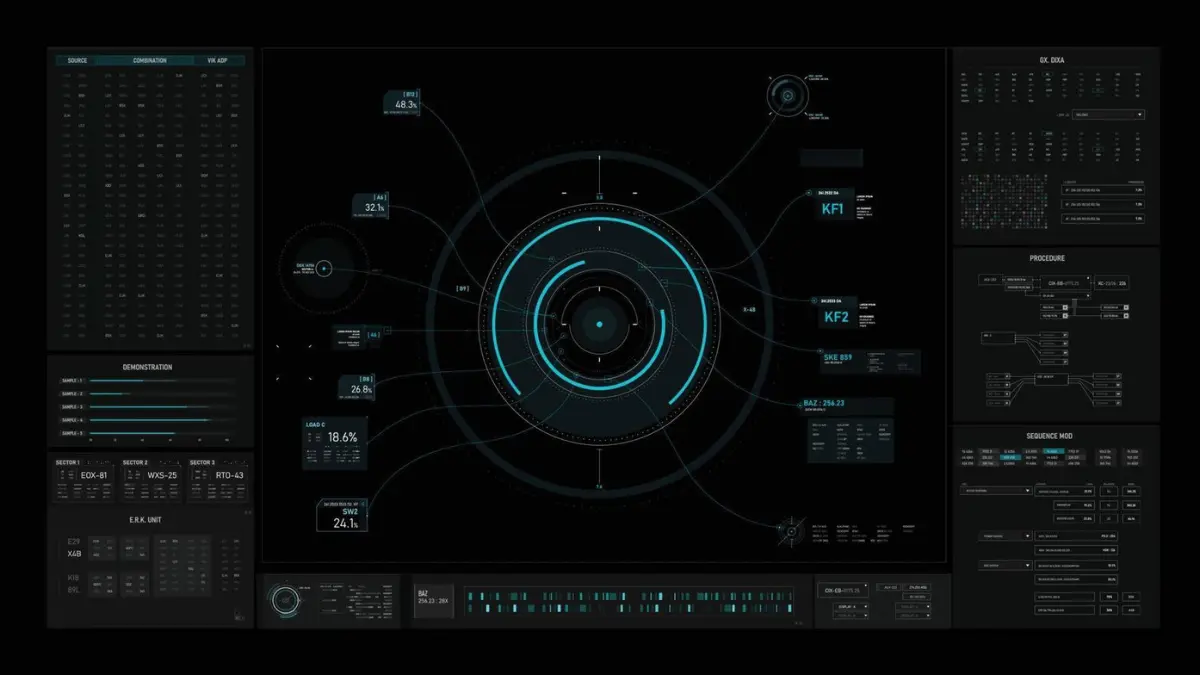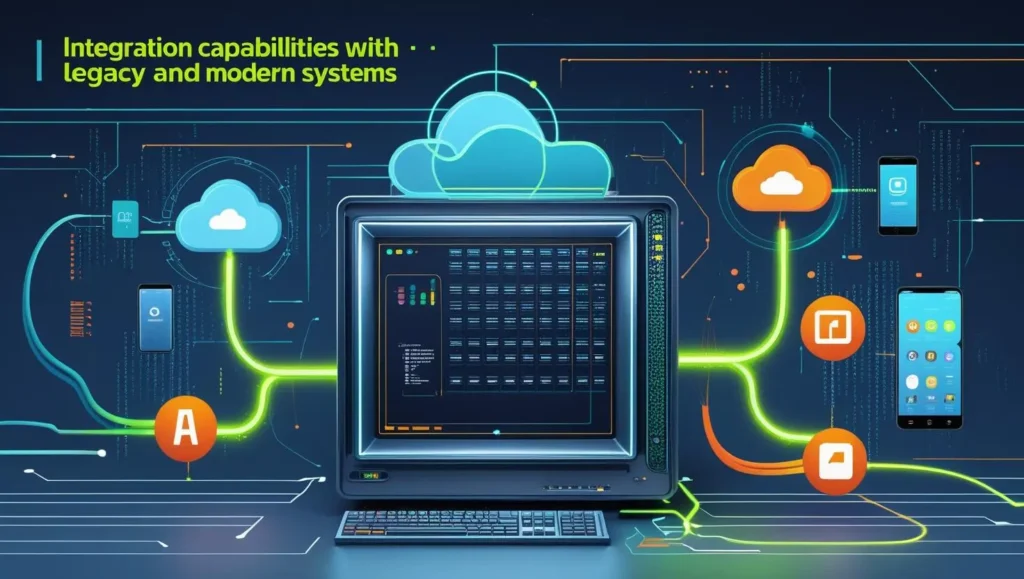SOA OS23 is changing how businesses run their systems. It is not just another upgrade—it is a full shift in how we look at workflow automation, inter-service communication, and digital transformation. Designed to support global businesses, SOA OS23 offers improved scalability, strong security protocols, and flexible integration with both old and new systems. Whether you’re in the USA or running operations worldwide, this service-oriented architecture has something powerful to offer.
With a modular architecture, SOA OS23 supports large-scale, distributed systems and enables smooth data management. Businesses looking for operational efficiency, platform flexibility, and an improved user interface will benefit from this architecture. Let’s dive deeper into why SOA OS23 is a game changer.
What is SOA OS23 and Why It Matters Today
This advanced operating standard helps businesses function more intelligently. It enables different applications to connect through secure APIs and modular services, resulting in faster, more reliable processes.
What makes it stand out is its support for open-source tools and its ability to operate across various platforms. Whether you’re handling retail, healthcare, or investment systems, this flexible ecosystem can support your goals with speed, security, and adaptability.
Moreover, the architecture reduces redundancy and streamlines cross-functional workflows. It simplifies how departments share and interpret data, eliminating bottlenecks and ensuring smoother execution of complex tasks. This level of cohesion empowers teams to focus on innovation rather than troubleshooting system inefficiencies.
A Brief History of SOA OS Standards
The idea behind service-oriented architecture has been around for years. Earlier versions focused on creating flexible connections between systems, but they often struggled with legacy integration and bottlenecks under high traffic.
The latest iteration directly addresses those limitations.The new model builds on earlier frameworks with better deployment environments, smart orchestration tools, and improved monitoring. This evolution results in a more stable and reliable platform that scales with business needs.
As organizations grew more data-driven and digitally distributed, the architecture also matured. It began to emphasize interoperability, scalability, and modular design—allowing IT teams to build applications faster while reducing technical debt. These improvements laid the foundation for today’s highly adaptive and resilient systems.

💡 Want more deep dives like this? Visit our Tech & Business Blog for expert insights.
Key Features and Technical Innovations in SOA OS23
This version introduces many new tools, including real-time data processing, built-in analytics, and advanced control over data encryption. Organizations can now detect issues early and respond quickly.
A strong emphasis is placed on compatibility across the tech stack. The architecture plays well with various software environments, making it ideal for agile development teams aiming for rapid iterations and continuous delivery.
How SOA OS23 Enhances User Experience
Users will appreciate a clean, responsive interface that remains fluid even during complex operations. This is essential for companies that rely on swift, informed decision-making.
Cross-platform compatibility allows seamless interaction from both desktop and mobile environments. Whether at a desk or on the move, users enjoy a consistent and efficient experience.
In addition, the system is optimized for low-latency performance, reducing lag and improving the overall responsiveness of applications. This not only enhances the workflow speed but also reduces user frustration, making it easier for teams to complete tasks with minimal disruption.
SOA OS23 Performance Benchmarks You Need to Know
In industry-wide benchmarks, the latest release significantly outperformed earlier editions. Processes executed faster, failure rates dropped, and recovery times improved. Here’s a quick breakdown:
| Feature | Improvement Rate |
|---|---|
| Data Processing Speed | +45% |
| Service Response Time | -30% |
| Platform Uptime | 99.98% |
| Bug Recovery Time | -40% |
These metrics confirm a leap in operational performance and overall system reliability.
Security and Compliance Upgrades in SOA OS23
Security is a core focus. The system includes advanced encryption, secure APIs, and privacy-first data protocols.
It’s also aligned with major regulatory frameworks—supporting industries like finance and healthcare to stay compliant while protecting critical data.
Integration Capabilities with Legacy and Modern Systems

A major advantage is seamless integration with both old and new infrastructure. Even outdated tools become interoperable with help from dedicated adapters.
This boosts efficiency and allows teams to unify their software environment without full system replacements.
SOA OS23 and the Rise of AI-Driven Operations
The OS is built to support AI-powered automation and analytics. With faster data processing and decision-making capabilities, manual tasks are reduced and smarter insights emerge.
Predictive tools help organizations act faster, understand patterns, and stay ahead of industry shifts.
Public Infrastructure and Demolition Use Cases
For public sector projects—like road development and urban demolition—this architecture enables real-time coordination and budget tracking.
Government agencies benefit from enhanced transparency, safer execution, and more accurate timeline forecasting.
APIs, SDKs, and Tools for Developers
Engineers gain access to a powerful suite of APIs, SDKs, and dev tools. These resources make it easier to build, scale, and maintain applications within this ecosystem.
Open-source collaboration is encouraged, speeding up delivery cycles and enabling smarter app evolution.
Enterprise Deployment Across Industries
Organizations in logistics, retail, and healthcare use the platform to manage diverse systems under one umbrella.
It simplifies complex workflows, reduces redundancy, and improves visibility—driving both efficiency and long-term growth.
Gaming, Media, and Creative Sectors
Fast content delivery and real-time collaboration are critical in creative industries. This OS supports low-latency processing, media streaming, and stable performance under load.
For developers, designers, and producers, this means more seamless production pipelines.
Battery Efficiency and Power Management
Mobile and remote users benefit from intelligent battery management. The OS balances performance with energy use, extending device life during fieldwork or travel.
This is a game-changer for hybrid teams relying on consistent performance across devices.
Network Performance and Cloud Integration
The system delivers strong network performance even during peak hours. It uses smart routing to reduce traffic and improve speed.
It also supports strong cloud integration, helping businesses run services across private and public clouds without issues.
Accessibility and Inclusive Design
Built-in accessibility tools support users with vision, hearing, or mobility impairments. Customizable UI settings, multi-language options, and keyboard navigation make it universally usable.
This ensures everyone—from developers to end users—can engage with the environment comfortably.
Common Challenges and How to Overcome Them
Adopting a new OS often brings challenges like retraining, migration, and compatibility issues.
These can be mitigated with clear onboarding plans, staged rollouts, and expert vendor support to ensure a smooth transition.
Another common obstacle is resistance to change within teams, especially when workflows are deeply rooted in older systems. To address this, organizations should invest in continuous training, maintain open lines of communication, and highlight early wins to build trust and momentum across departments.
What’s Actually Better Compared to Previous Versions?
Compared to earlier releases, this version delivers stronger uptime, faster response times, and improved modularity.
It’s more secure, easier to maintain, and optimized for both traditional and cloud-based workflows.
Additionally, the latest architecture emphasizes scalability and resilience under load, allowing businesses to handle spikes in user activity without compromising performance. Enhanced automation features also reduce manual intervention, boosting operational efficiency and minimizing human error.
Best Practices for Successful Adoption
Start small—pilot the platform in one department. Gather feedback, train users, and scale gradually.
Engage with IT leadership and plan for a future-proof architecture that adapts with your business needs.
It’s also crucial to establish clear KPIs and success metrics early on. By defining what success looks like—whether it’s reduced downtime, improved team collaboration, or faster deployment—you create a measurable path to long-term value. Additionally, maintaining an iterative rollout strategy allows teams to learn, adjust, and implement updates without disrupting core operations..
Final Thoughts: Is SOA OS23 the Future of Digital Infrastructure?
In a word—yes. This operating system is purpose-built for today’s complex enterprise demands and ready to scale with tomorrow’s innovation.
If your business values speed, integration, and long-term flexibility, adopting this OS is a forward-thinking move into the next era of digital transformation.
Frequently Asked Questions (FAQs)
What are the two types of SOA?
Coarse-grained and fine-grained services define how broadly or narrowly a service is designed.
This helps control complexity and optimize system efficiency.
What does SAMCRO in SOA mean?
SAMCRO stands for Service Assembly Model for Composite Reusable Operations.
It refers to how reusable service components are organized and deployed.
What does SOA stand for?
SOA means Service-Oriented Architecture.
It allows different software services to communicate and coordinate tasks.
Are SOA certificates valid?
Yes, SOA certifications are still recognized in enterprise environments.
They validate skills in modular system integration and architecture.
Is SOA obsolete?
No, SOA is still relevant.
It continues to underpin scalable, modular systems globally.
Explore more digital transformation stories and innovations at PakistanCoverage.com








